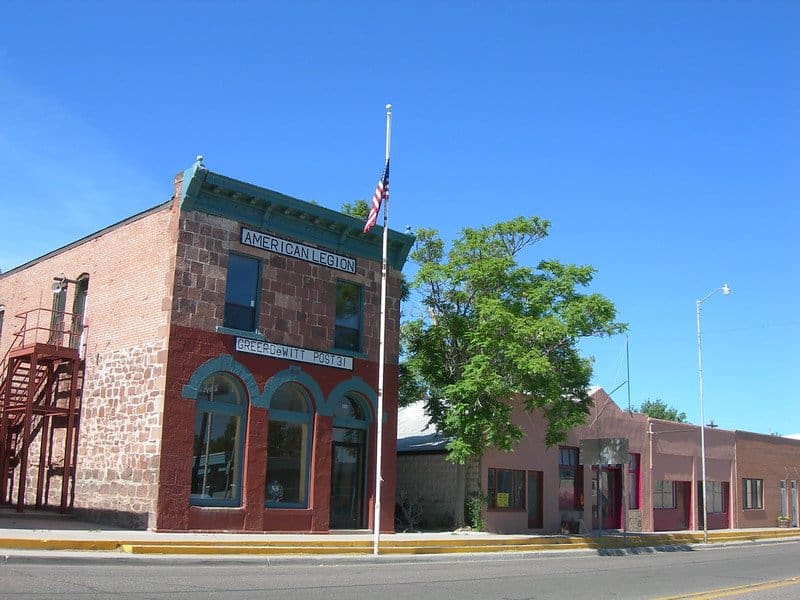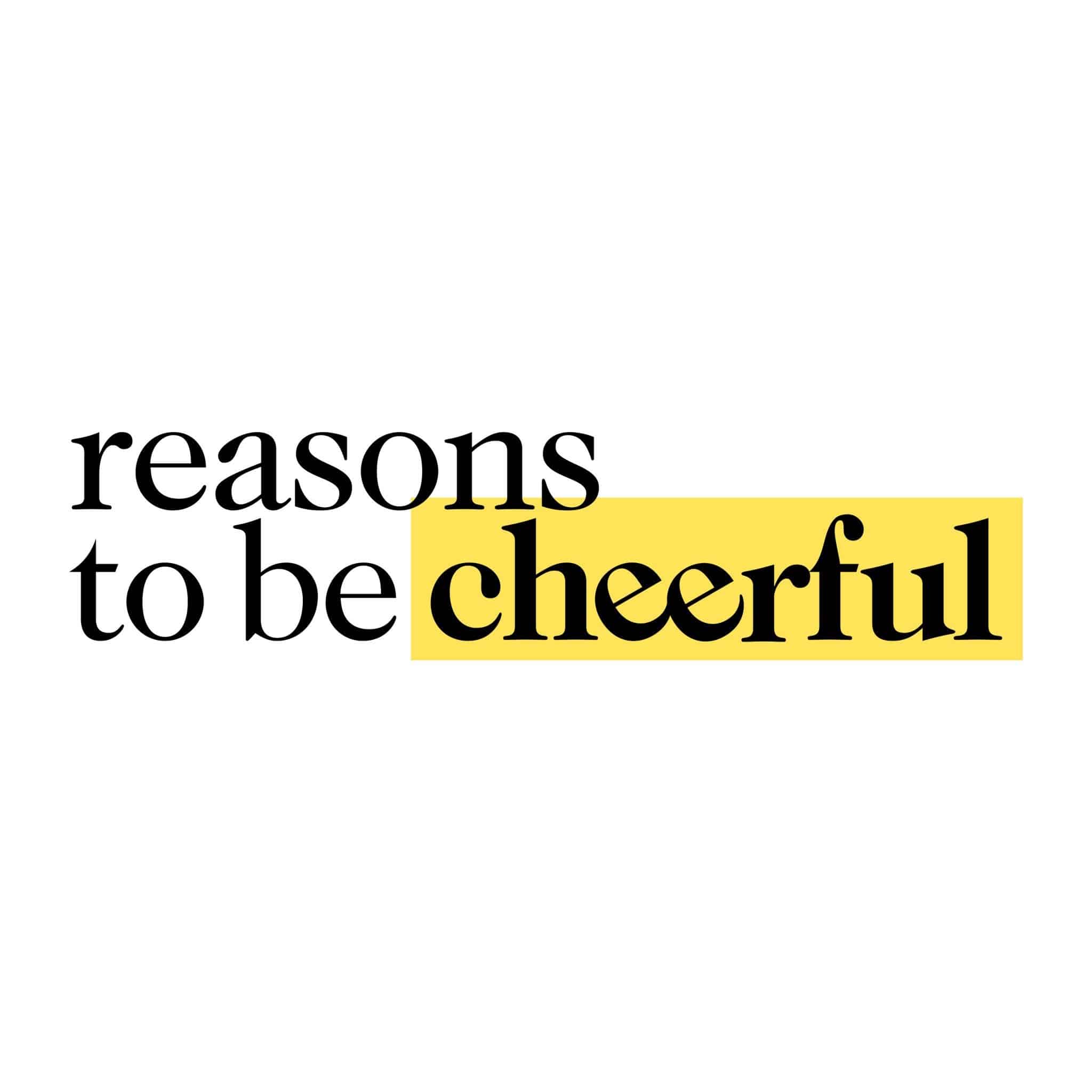Prison break
When Michael Latham became judge of Apache County, Arizona in 2014, reinventing the area’s juvenile detention center was one of his top priorities. The facility cost $1.2 million per year — and stood empty for weeks at a time. Today, what was once a place where kids were locked up has become a youth community center.
The Legacy Teen Center, a.k.a. “the Loft,” opened in 2017. Staffed by former corrections officers who now act as mentors, it is housed in the former jail and contains wifi-equipped study spaces, hangout areas filled with bean bag chairs, and even a recording studio tricked out with a keyboard and electric guitars. Video game stations and pool tables provide vectors for social interaction. (“You can’t play pool and not talk to somebody,” said one of the guards-turned-mentors.)

The Loft costs about one-quarter as much to operate as the former jail, and since it opened, youth arrests in Apache County have dropped by 55 percent. It’s likely not the Loft itself that led to this decline — according to officials, the drop is due to a 2011 change in Arizona’s screening tool for determining whether young offenders should be locked up. “If a judge or a probation officer gets upset with a kid and the response is detention, the tool kind of re-guided them and said, ‘No, this kid really isn’t a public risk,’” said a director at the Arizona Supreme Court. This change led to fewer incarcerated youth and ultimately made Apache County’s juvenile jail unnecessary. “I’d like to think we are part of a bigger shift,” said the county’s former sheriff’s deputy.
Read more at High Country News
The laws of health
Are legal issues as detrimental to personal health as physical illnesses? One Colorado clinic seems to think so, and is pairing licensed attorneys with medical professionals in some patients’ treatment plans.
The clinic, located north of Denver, utilizes federal Medicaid funding to pay for attorneys to accompany physicians, psychiatrists and social workers. The lawyers guide patients dealing with eviction notices, immigration proceedings, unemployment benefits and disability insurance claims. The idea is that clearing these stressors away can allow these patients to fully focus on their recoveries. So far, the data suggests that it’s doing just that. A survey of the clinic’s patients from 2015 to 2020 found statistically significant improvements in their mental and physical health, as well as fewer missed medical appointments.
Crushed by negative news?
Sign up for the Reasons to be Cheerful newsletter.“Some of these impacts carry out for decades,” said the clinic’s chief medical officer. “And once you get into effects like that, then you’re really talking generational changes in health outcomes.”
Read more at Kaiser Health News
Map quest
Until Tô No Mapa (I Am on the Map in Portuguese), 76 Brazilian communities with around 5,000 families weren’t on the map. Now they are.
Tô No Mapa is an app that makes use of a 2007 Brazilian policy that officially recognizes communities whose common bond is their use of territory and natural resources. Before Tô No Mapa, it was difficult for these communities to take advantage of this policy because their territories weren’t shown on official government maps.
Tô No Mapa rectifies this with a map drawn by the communities themselves, working in collaboration with the Brazilian NGOs that developed the app. The map shows the borders of their lands along with sites of particular interest. About 865,000 acres have been mapped so far, and it’s already apparent that there is “a huge gap between the official data… and the first results,” according to Suzanne Scaglia, one of Tô No Mapa’s technical advisers. This is actually good news: it means these communities can now make legal claims to the land that official maps exclude them from.
The mapping project could have ecological ripple effects. According to Scaglia, recognizing these communities provides strong protection against deforestation. “They are the guardians of these landscapes because their livelihoods depend on these resources,” she told Mongabay. “You can see on the maps where native vegetation remains is where traditional peoples and communities live.”







